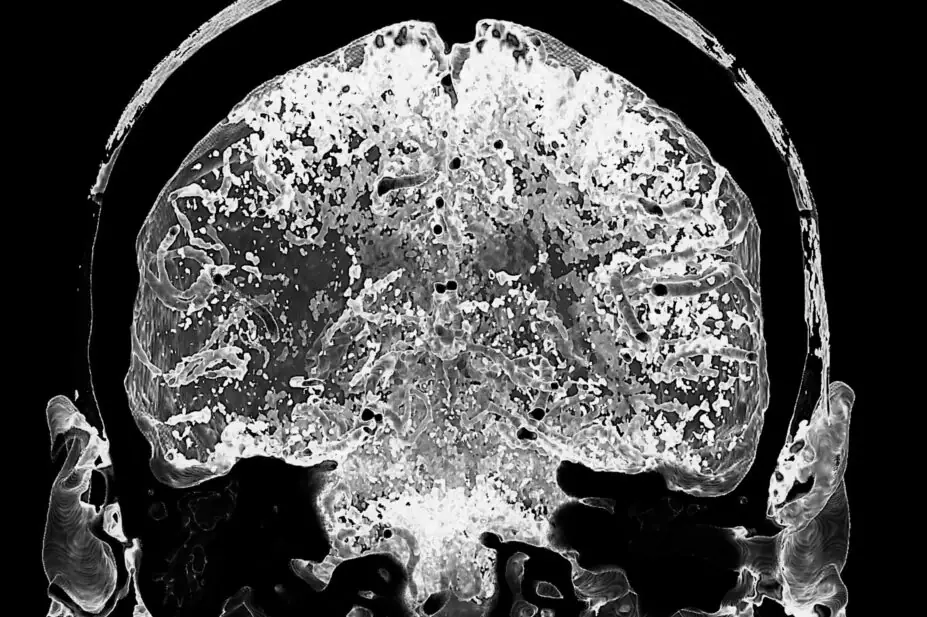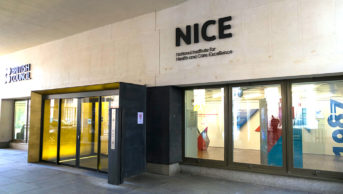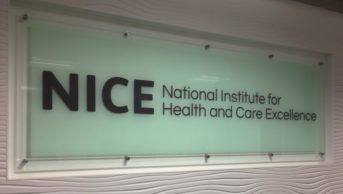
VSEVOLOD ZVIRYK / SCIENCE PHOTO LIBRARY
The National Institute for Health and Care Excellence (NICE) has recommended tenecteplase as an option for treating acute ischaemic stroke in adults.
Clinical evidence showed tenecteplase, also called metalyse and made by manufacturer Boehringer Ingelheim, was as effective as alteplase, which NICE also recommends, in breaking up blood clots or preventing new blood clots from forming after an acute ischaemic stroke.
As tenecteplase costs less than alteplase, NICE has said its use could potentially save the NHS “millions”.
Tenecteplase is given during the early phase of a stroke, within 4.5 hours of symptoms starting and after bleeding in the brain has been excluded. It activates the production of plasmin, an enzyme that breaks down blood clots, thereby helping to restore blood flow through the blocked artery.
Tenecteplase was already licensed for the management of acute myocardial infarction (MI) and, since April 2024, has been licensed in the UK to treat ischaemic stroke.
Helen Knight, director of medicines evaluation at NICE, said: “We know that stroke is one of the biggest killers and causes of disability, therefore it is important that patients receive treatments that can help to reduce the effects of a stroke as quickly as possible.”
She added that the guidance meant patients will not only will be able to access a new treatment option, but the NHS could save millions of pounds by switching to it.
Ischaemic strokes, which account for 85% of strokes, happen when the normal blood supply to part of the brain is cut off by a blood clot. This starves the cells of oxygen in the area affected, causing them to become damaged or die, leading to the symptoms of stroke.
It is estimated that around 100,000 people in England are admitted to hospital with a stroke annually, the majority of whom (around 85%) have had an ischaemic stroke, and more than one million people are living with the effects of stroke.
Commenting on NICE’s decision, Keith Muir, professor of clinical imaging and consultant neurologist at the University of Glasgow, said the impact of the guidance update could be significant in terms of patient care, as well as financially.
He said tenecteplase had “lots of practical advantages”, including being easier and quicker to administer.
Unlike alteplase, of which 10% of the total dose treatment has to be administered as an initial bolus over a minute and the remaining dose quickly followed and infused intravenously over an hour, which can be problematic for patients that need to be moved between hospitals, tenecteplase is a straightforward single dose injection.
“[It] means that you don’t need the infusion pumps, you give the entire dose immediately, so you move patients around knowing they’ve had effective treatment delivered without any concerns about the logistics of moving them,” said Muir.
He highlighted a study in New Zealand published in July 2023 which, owing to shortages of tenecteplase, reverted to alteplase and compared results, found that patients treated with tenecteplase had greater odds of a positive outcome.
Muir added: “The quicker you can get things done, the better the likelihood of recovery, so there are very clear tangible benefits in the real world experience of using tenecteplase.”
In 2022, Boehringer Ingelheim experienced manufacturing constraints, which affected the global supply of both alteplase and tenecteplase and led to the manufacturer warning hospital trusts to conserve stock at the time.


